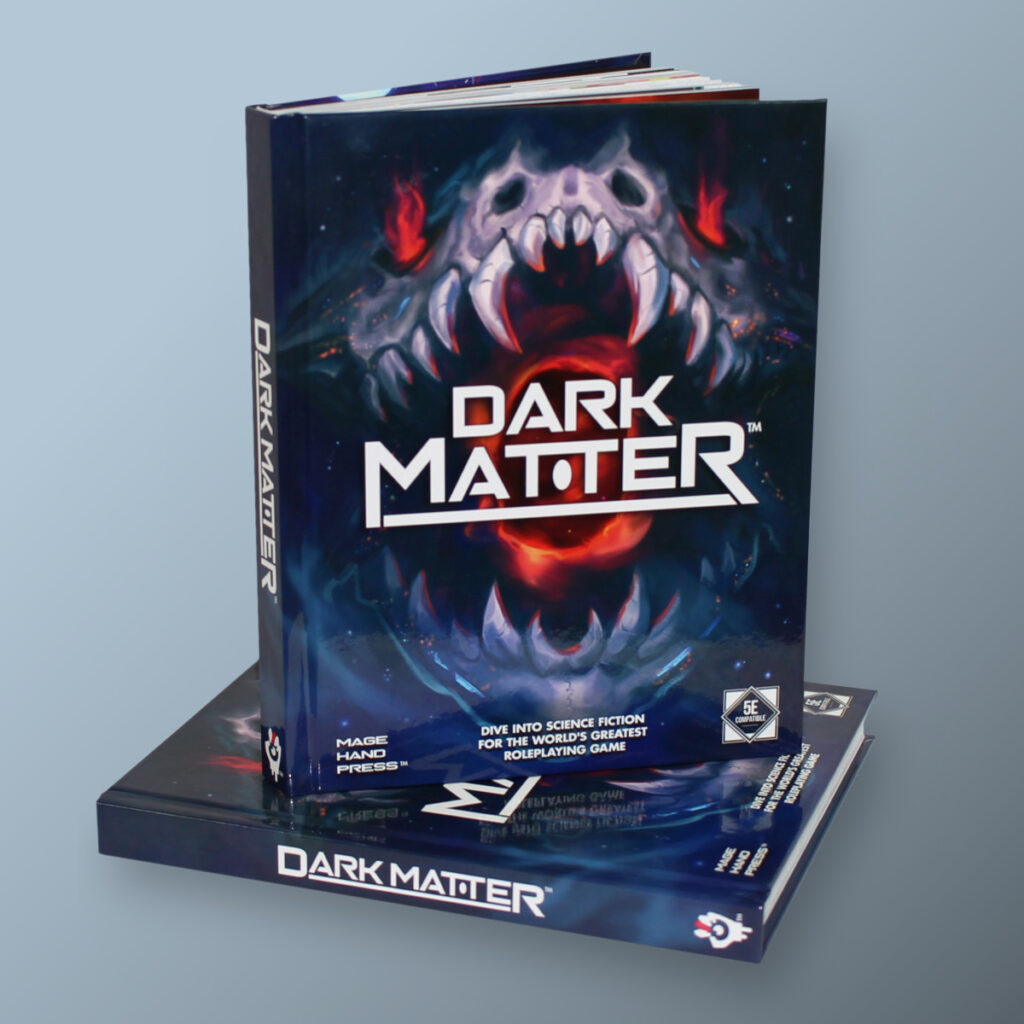Comments from the Finger: We’re back! I had a super relaxing and amazingly productive break. To get us started again, I thought I’d keep on throwing out siegeball rules. Enjoy!
Siegeball Tournaments
Though individual, one-off siegeball games are held regularly, there’s nothing so spectacular as a tournament: the thrill of rising to the top, the sting of defeat, and the lure of a grand prize and lasting glory. Few other things bring out spectators and players alike in droves. The grandeur of such tournaments is integral to siegeball on a grand scale, as they bring far-flung teams together, expand the sport’s scope to a national scale, and unite players and spectators in a single, grand competition.
Setting up a Tournament
Though tournaments are the lifeblood of career siegeball teams, there exists no one perfect way of conducting them. Each method of arranging a tournament has radical pros and cons, though most attempt to strike a balance between audience tension and accurate assessment of skill. The following tournament designs are often used for siegeball:
Single Elimination
By far the simplest and shortest tournament is the single-elimination bracket. In this tournament, teams are randomly paired off on a pyramid, and losers are eliminated from the tournament. Winners advance to the next round until only one team remains.
Though this tournament’s design is attractive due to its simplicity, it suffers from some limitations. When spectators follow only a single team, they are unlikely to return after their team is eliminated; a result that is extremely likely when half of the competing teams are eliminated every round. Also, skilled teams can be eliminated early after only a single bad match, leading to upsets where the players blame the loss of an entire tournament on a single bad play or referee call.
Despite its drawbacks, single elimination tournaments remain the favorite among orcish and goblinoid teams, perhaps because it doesn’t hinder a tournament’s progression if a half of a losing team is killed over the course of a game.
Double Elimination
A popular alternative to the single elimination tournament is the double elimination. This bracket proceeds like the single elimination bracket, except that losers are added to a loser’s bracket, where they compete against each other. The final team remaining in the loser’s bracket goes on to play the victor of the winner’s bracket in the finals. This design ensures that teams play at least two games each, and that a single poor game doesn’t condemn an otherwise superlative team.
Multilevel
A natural extension to the double elimination design, multilevel tournaments begin with all contending teams at the same “level”, with a tournament score equal to the number of contending teams. A team gains one point on a victory, and loses one point on a defeat, and plays only other teams with the same tournament score as themselves, continuing until no two teams are on the same level (or until only one team is the victor, depending on the specific rules.)
This design ensures that competitors play a roughly equal number of games, and that a maximum number of competitions happen at one time. Additionally, it’s likely that teams will be more evenly matched for skill after a few rounds.
Round-Robin
In a round-robin game, each competing team plays each other in sequence; the team with the greatest number of victories wins, or goes to a tie-breaker game. This is easily the fairest way of determining a victor, since every possible matchup in a tournament is played out, but it has yet to catch on in the national siegeball stage. Part of the reason might be that players are accustomed to the thrill of elimination, and the natural progression of more skilled teams matching against one another as the brackets become smaller. Whatever the reason, few leagues (except for elven leagues) employ this type of tournament.
Siegeball Championship
The annual Siegeball Championship League, held for the better part of a millennium, enjoys the largest scale and most prestigious prizes of any siegeball tournament. Taking part over a season, its athletes travel from city to city, competing in matches to separate the wheat from the chaff.
At its conclusion, only one team may win the Siegebowl, and claim its grand prize (normally an impressive quantity of gold). Perhaps more importantly, Championship victors claim legendary sports status for all time, and are enshrined in the Hall of Victors, an immortal dedication to champions throughout the ages.
The Championship is a double-elimination competition, and every competing team must play one home game and one away game. Contending teams are selected by the Championship Committee, the presiding board of regulators and referees, and also must pay a hefty entry fee to compete. Though entry fees might pose an obstacle for upstart teams, they rarely present an obstacle to national contenders, which compete yearly.
Prizes
Few games are played exclusively for bragging rights and notoriety; tournaments run on their prizes. Large, enticing awards for winning teams fuels an entire industry of talent scouts, coaches, and arena owners, from the smallest games to the largest championships. Every player dreams of glory, but earning huge prize is a close second.
Of course, not all prizes are silver and gold. Siegeball tournaments give out a huge variety of prizes, some of which are detailed here:
Trophies
Most large, official tournament tournaments give out a trophy of some variety to the winning team. The classic trophy is a gold chalice with a marble base, engraved with the tournament’s name and year. Other might include medals, rings, or ribbons, depending on the tournament. The best of teams collect these trophies and display them as badges of honor, but ultimately, they’re fairly token. Nearly every trophy is awarded alongside a cash prize, which coaches and team owners view as far more substantial.
Cash Prizes
The actual value of cash prizes might vary, but they generally grow (exceptionally, in fact) with the glamor and prestige of the tournament awarding them. Typical first-place prizes are listed on the cash prizes table below. Often, a second-place prize equal to half the value of the first-place prize is awarded to the runner up team.
| Level | GP |
| 1st-4th | 2,000 |
| 5th-10th | 5,000 |
| 11th-16th | 10,000 |
| 17th-20th | 40,000 |
Valuable Items
Other valuable items, equivalent in value to cash prize, might be awarded instead. Anything from magic items, to priceless treasures donated from the king’s coffers, to entire keeps or tracks of land could be at stake for the winning team. It is assumed that such prizes will probably be sold (at least in part, if the prize in question can be divided) to pay the team, the coach, and the arena owner sponsoring the team. Other items, like artifacts, might be powerful enough that the fate of many innocents might rely on the winner of the tournament. Though such awards might seem extremely foolhardy, they’re not uncommon among the elves, who appreciate the dramatics.



